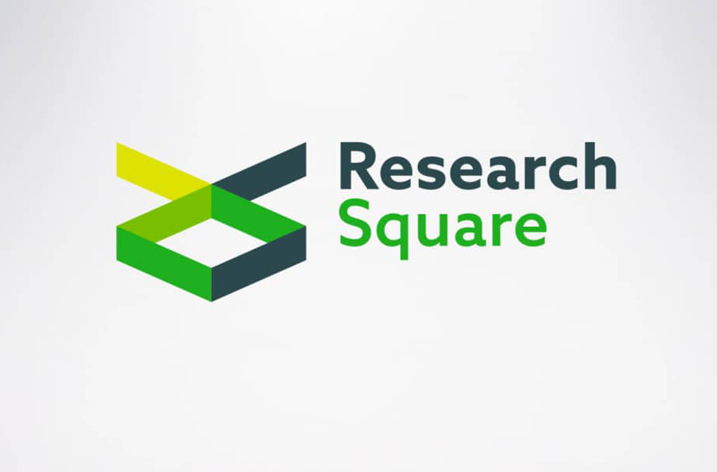Abstract
Introduction
Nowadays, an alternative model for evolution of health care is required to reduce the chronic illness burden notably diabetes; to this end, using the remote patient monitoring system is recommended. This system virtually eliminates distance barriers and constantly monitors the patients’ information on urban and rural areas. Moreover, in case of trouble, patients are immediately supported and quick warnings are sent to the health care provider and the patient, if necessary. This study aimed to investigate the economic evaluation of the remote type 2 diabetes monitoring for controlling the blood glucose (glycosylated hemoglobin) compared to routine type 2 diabetes care.
Methods
Economic evaluation was carried out using the finished cost of the remote type 2 diabetes monitoring technology and the routine treatment, incremental cost-effectiveness ratio as well as one-way and multiple sensitivity analysis using the key variables such as population, cost items, the minimum, maximum and average population size. In this study, the remote type 2 diabetes monitoring technology was compared with the routine treatment.
Results
The results showed that, considering the incremental cost-effectiveness ratio in the base model, the remote type 2 diabetes monitoring system in comparison with routine treatment of type 2 diabetes was placed in the second quarter (more effective and affordable technology) of the graph as the most dominant alternative. The results of the two-way sensitivity analysis revealed that the research findings are consistent in terms of cost and population variables and in all cases were included in the second quarter (more effective and affordable technology) in the incremental cost-effectiveness ratio graph and were dominant compared to the routine treatment.
Conclusion
Remote patient monitoring is a dominant alternative compared to routine treatment. Further evidence on long-term remote patient monitoring experience is needed for future studies. Results indicated that remote type 2 diabetes monitoring interventions play an effective role in reducing HbA1c that may be considered the rationale for policy makers on domestication of this technology.



No responses yet